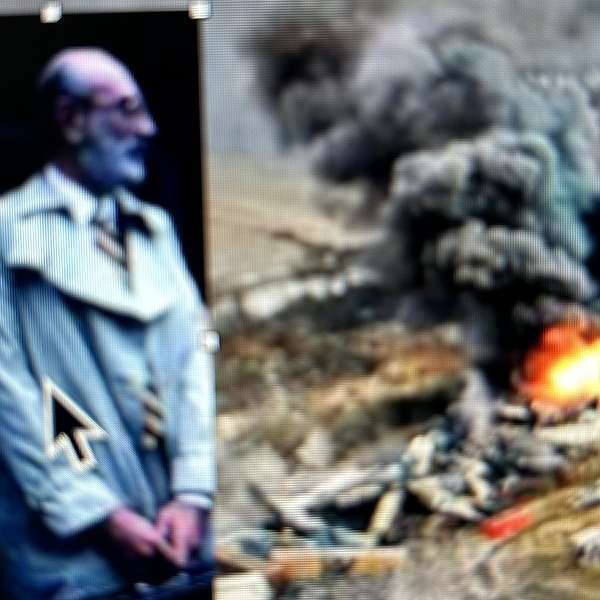
Our Road to Walk: Then and Now
Our Road to Walk: Then and Now
Our Road: Now -- EP 17: Rome is Burning, and EPA Lit the Fires
Nearly two-thousand years ago, the Emperor Nero played music and partied as he watched 70% of Rome burn to the ground. Today, we are metaphorically watching Rome burn as our environment and health are assaulted again and again by pollution from loosely-regulated petrochemical and related industries, causing communities to be poisoned, global temperatures to rise, and climate disasters to worsen.
Three times in recent months, the signature black smoke of toxic chemicals on fire provided visceral reminders of how dangerous living in our chemical age can be. Three communities were evacuated; three communities were told soon after their air and water were safe.
In this episode we look at the intersection of our environmental past and present, taking our listeners back to the late 1970s and early 1980s, back to the 1982 testimony of William Sanjour, who was Chief of the EPA's Hazardous Waste Implementation Branch responsible for writing the EPA’s original hazardous waste disposal regulations and who had warned Warren County citizens that the PCB landfill would fail.
As an EPA whistleblower, Mr. Sanjour also warned US House of Representative committee members that the EPA’s approval of failed landfills was a part of a disaster relief model that was taking us down a road to environmental disaster, a road we did not have to take.
The above photo is one of EPA Whistleblower William Sanjour taken just after he spoke to Warren County Citizens Concerned About PCBs during the 1982 PCB protest movement. In this superimposed past and present photo, Mr. Sanjour looks toward the toxic chemical black smoke from the February, 2023, East Palestine, Ohio train derailment.
As Warren County citizens and their supporters marched during the fall 1982 PCB landfill protest movement, they knew from scientific evidence that the PCB landfill was doomed to fail.
Citizens knew that the EPA and Governor Hunt knew the PCB landfill would fail, and that the Governor’s use of $787,000 of police force to bury the PCBs against the will of the people of Warren County was an admission that government would go a long way to establish EPA’s disaster-relief environmental injustice model where the agency legalizes pollution and then sometimes offers relief to the polluted communities afterwards.
Forty-five years later, it’s easy to see that EPA’s disaster-relief environmental
injustice policies and regulations have led to why Rome is burning, why global warming continues, climate disaster is already here, and why the EPA, state, and local governments continue to promote our Chemical Empire of Death while they claim to care about environmental protection and justice.
Yet, we, the people, must choose the other road far less traveled, the environmental and justice road based not only on attending to the wounded in this burning war of toxic aggression but on looking keenly ahead so that we can stop pollution before it occurs.
What can we do?
We can look to the history of democratic movements for social change for some insights and answers.
We can look to Warren County citizens, how their great refusal to accept the iron rule of EPA’s environmental repression and their great refusal to accept Governor Hunt’s disrespect for their human dignity was an affirmation that created an historical flashpoint that would ignite hope for resistance in communities facing pollution everywhere.